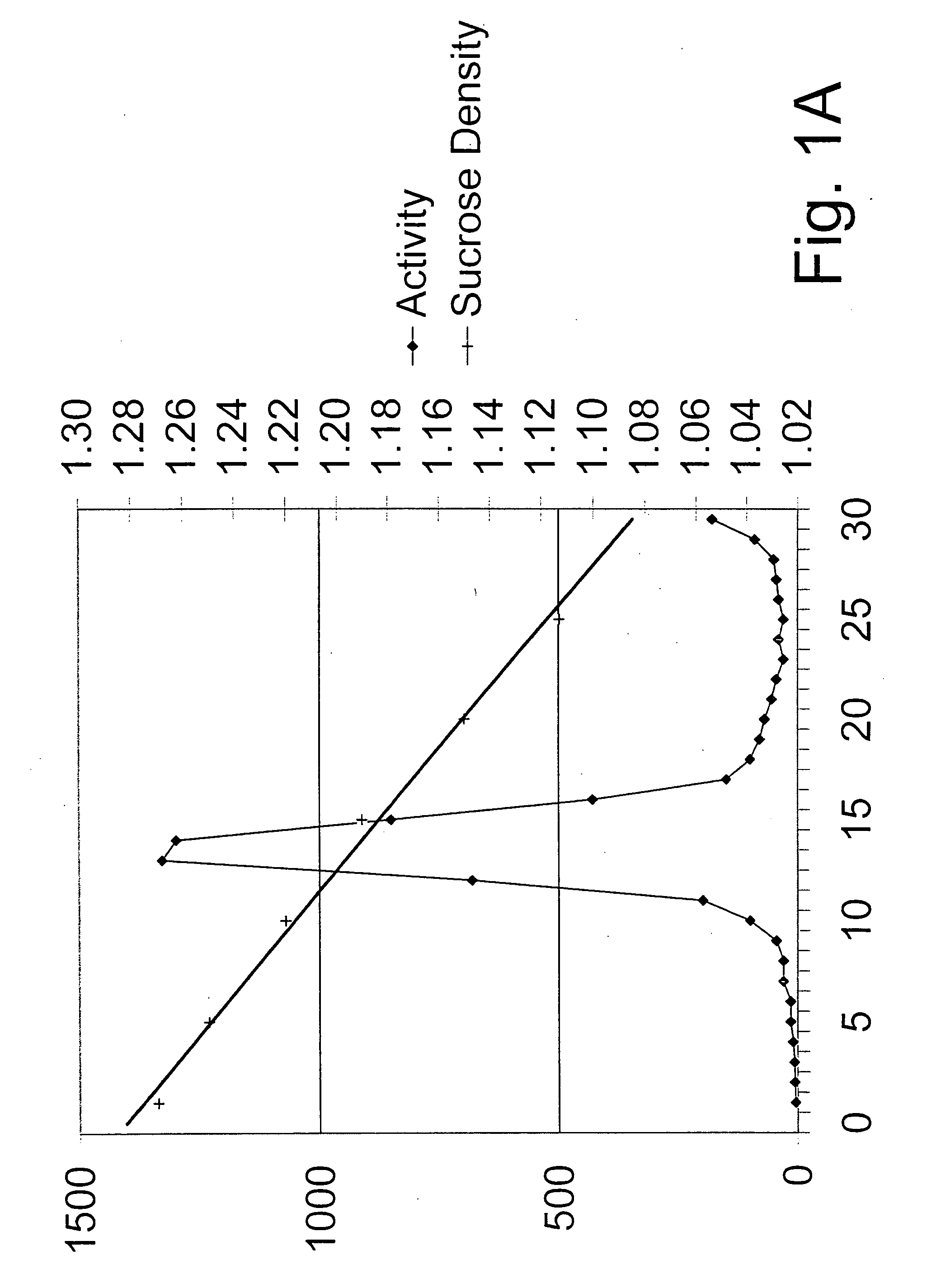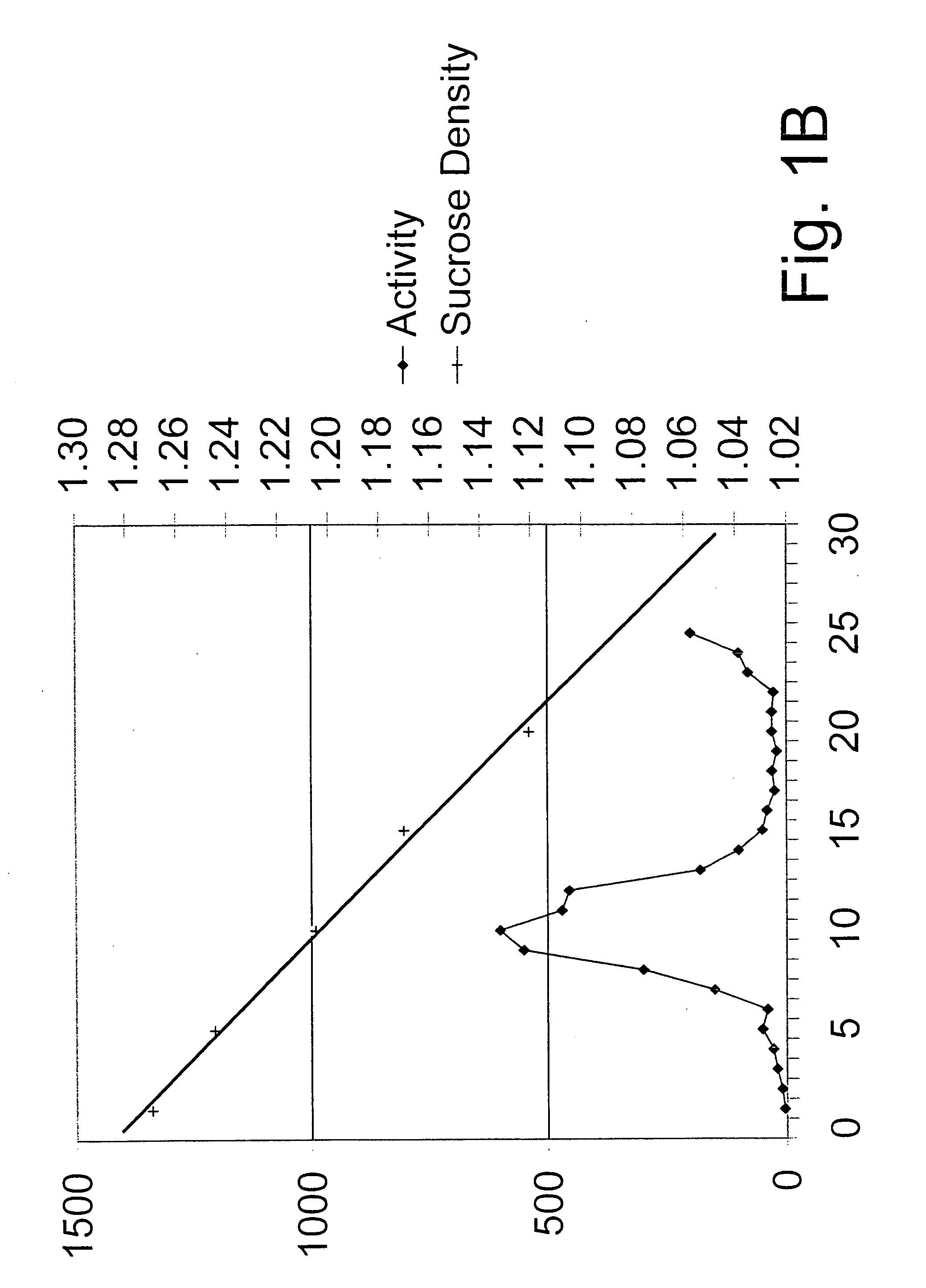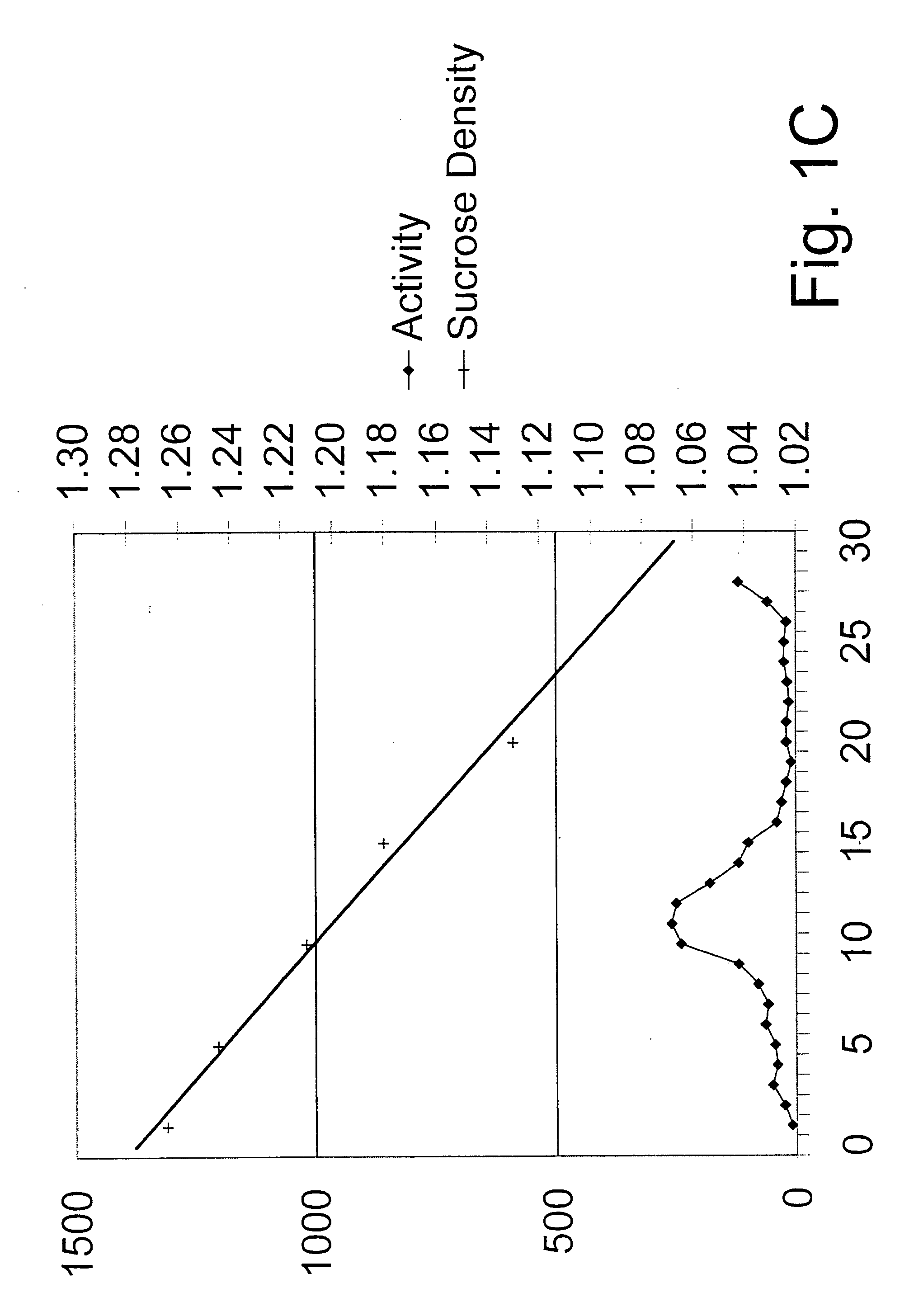Combined treatments and methods for treatment of mycoplasma and mycoplasma-like organism infections
a technology of mycoplasma and mycoplasmalike organisms, which is applied in the field of combined treatments and methods for treating pathology relating to mycoplasma and mycoplasmalike organism infections, can solve the problems of difficult detection and clear, mycoplasmalike organisms, etc., and achieve the effects of enhancing host immune response, reducing oxidative stress, and antioxidant therapy
- Summary
- Abstract
- Description
- Claims
- Application Information
AI Technical Summary
Benefits of technology
Problems solved by technology
Method used
Image
Examples
example 1
[0049] As shown in FIGS. 1A-1C, superoxide dismutase (SOD) from a vegetal source has a significant decreasing effect on mycoplasma growth. SOD was included in the medium at the first of the five day experiment. The SOD was purified from melon plant material. The control shown in FIG. 1A had a peak of about 1200 counts. The experimental treated with 50 μg / ml SOD had a peak of around 500 counts, while the experimental treated with 100 μg / ml SOD had a peak of around 250 counts.
[0050] These results are assumed to represent the ability of the SOD to reduce oxidative stress by converting superoxide radicals into hydrogen peroxide, which is further converted into water and oxygen by serum and cell catalases.
example 2
[0051] The above method was modified by infecting the cells with HIV 1—Lai two weeks prior to the experiment, and glutathione and ascorbic acid (2:1 weight ratio, Thyogen Corp Ultrathione™) substituted for SOD.
[0052] As shown in FIGS. 2A-2C, glutathione has a significant effect on mycoplasma growth which has an optimal suppressive dose of 1 mg / ml. The control shown in FIG. 2A had a peak of about 7000 counts. The experimental treated with 1 mg / ml glutathione had a peak of around 2700 counts, while the experimental treated with 3 mg / ml glutathione had a peak of around 5500 counts.
[0053] It is assumed that an HIV factor, possibly the Tat protein, induces mycoplasma activity, by raising the oxidative stress. The mycoplasma activity itself may also induce oxidative stress. The glutathione in an optimal concentration counteracts this oxidative stress, and therefore reduces mycoplasma growth as measured by 3H-uracil incorporation into DNA.
[0054] The higher dose of glutathione may have r...
PUM
| Property | Measurement | Unit |
|---|---|---|
| weight ratio | aaaaa | aaaaa |
| rigid | aaaaa | aaaaa |
| reactivity | aaaaa | aaaaa |
Abstract
Description
Claims
Application Information
 Login to View More
Login to View More - R&D
- Intellectual Property
- Life Sciences
- Materials
- Tech Scout
- Unparalleled Data Quality
- Higher Quality Content
- 60% Fewer Hallucinations
Browse by: Latest US Patents, China's latest patents, Technical Efficacy Thesaurus, Application Domain, Technology Topic, Popular Technical Reports.
© 2025 PatSnap. All rights reserved.Legal|Privacy policy|Modern Slavery Act Transparency Statement|Sitemap|About US| Contact US: help@patsnap.com



